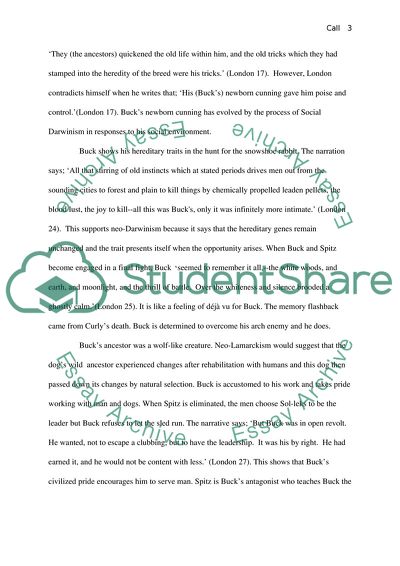Cite this document
(“Call of the Wild Essay Example | Topics and Well Written Essays - 1000 words”, n.d.)
Call of the Wild Essay Example | Topics and Well Written Essays - 1000 words. Retrieved from https://studentshare.org/miscellaneous/1540655-call-of-the-wild
Call of the Wild Essay Example | Topics and Well Written Essays - 1000 words. Retrieved from https://studentshare.org/miscellaneous/1540655-call-of-the-wild
(Call of the Wild Essay Example | Topics and Well Written Essays - 1000 Words)
Call of the Wild Essay Example | Topics and Well Written Essays - 1000 Words. https://studentshare.org/miscellaneous/1540655-call-of-the-wild.
Call of the Wild Essay Example | Topics and Well Written Essays - 1000 Words. https://studentshare.org/miscellaneous/1540655-call-of-the-wild.
“Call of the Wild Essay Example | Topics and Well Written Essays - 1000 Words”, n.d. https://studentshare.org/miscellaneous/1540655-call-of-the-wild.


